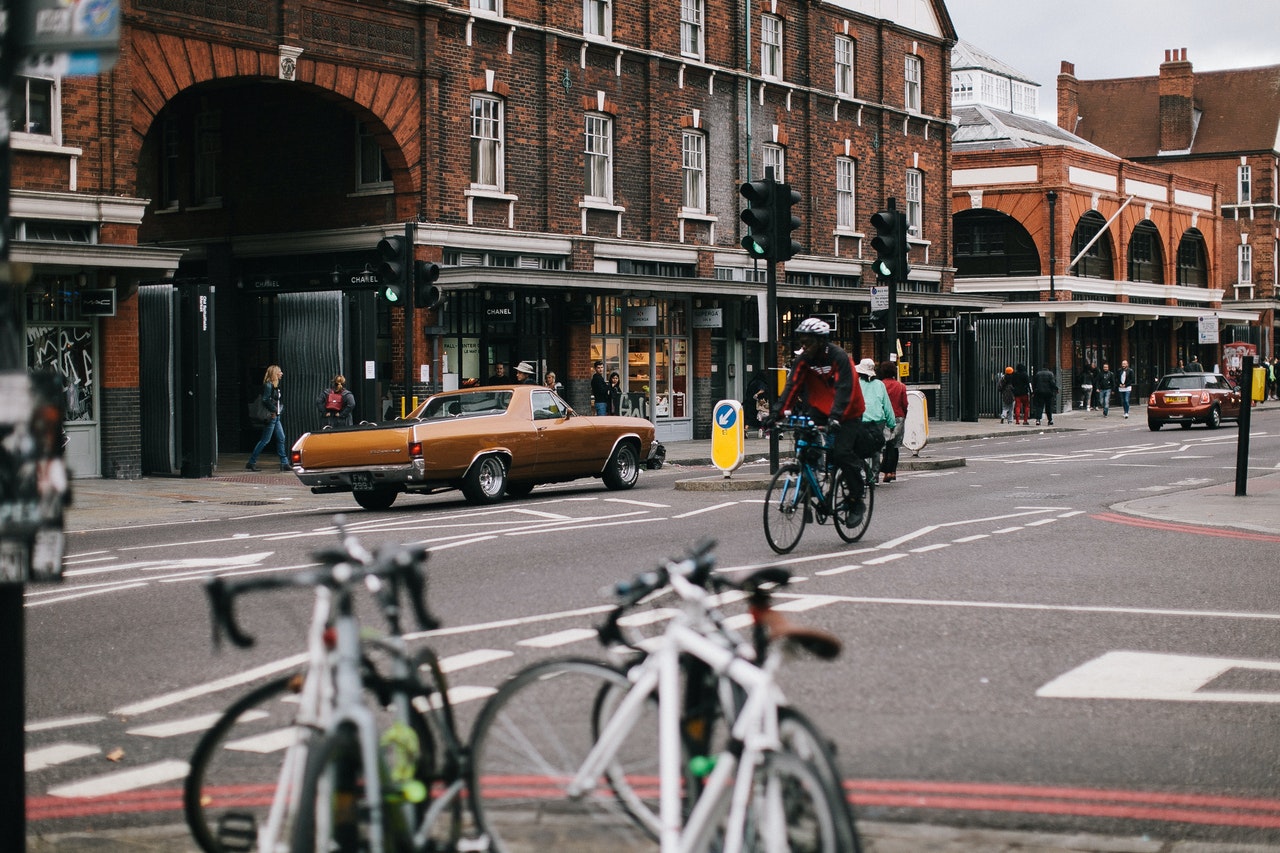
As a driver of an accident with a pedestrian or cyclist? A little scary! Fortunately, it usually ends well with tin damage alone. Who is responsible and has to pay for the damage?
Are you a passerby who didn’t pay attention, or because you didn’t see a passerby? Endangered pedestrians and cyclists are legally protected by road traffic and there is a law about driving safely. This is laid down in article 185 Road Traffic Act.
What does this law mean for you as a motorist?
Would you like to recover damages in the event of an accident with a pedestrian or cyclist? In that case, you must demonstrate that you did everything you could to avoid the collision. For example, you must prove that you have adapted your speed to the conditions. Or that the cyclist or passerby’s mistake was so unexpected that you couldn’t take it into account.
Unfortunately, cyclists and pedestrians are often inattentive in traffic or do not follow the traffic rules. Because they are a lot more vulnerable, you have to take extra account of their safety from a legal point of view. This explains the strict requirements for your driving behavior as a driver.
Special Principles for Young Road Users
Your insurer must pay for the damage suffered by the child as a result of an accident. This applies to pedestrians and cyclists under the age of 14. And it was decided based on 185WVW. Is your car damaged?
Under Article 6: 169 of the Dutch Civil Code, you can hold your child’s parents accountable. However, you need to prove that you have done everything possible to avoid a collision. If you can demonstrate this, you will be reimbursed for the damage.
Your Options for Recovering the Damage:
*You can demonstrate that you did everything you could to avoid the collision. This means that there is force majeure on your part. Then the damage is fully recoverable just like how local recovery service offers their help and expertise during accidents, damages, and unexpected car problems.
*You cannot prove that you did everything you could to avoid the collision. Part of your damage is your expense. The size of this part depends on the situation. In the worst case, you cannot claim damages from the other party.
Avoid Discussions and Provide Witnesses
Claim recovery often leads to discussions with the other party’s liability insurance company. Being a witness to your story strengthens you. Therefore, try to find witnesses who can support you in this. Because proof is difficult, we recommend that you engage a lawyer to handle the case.

